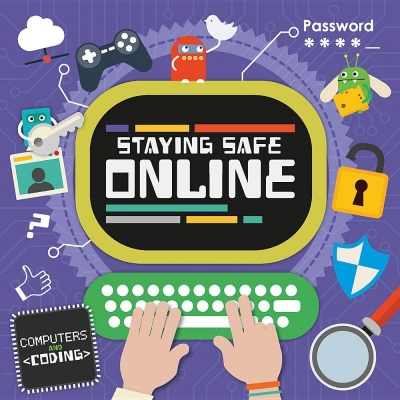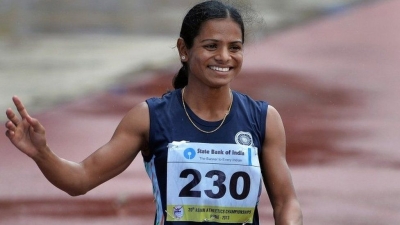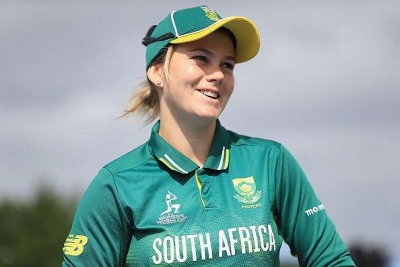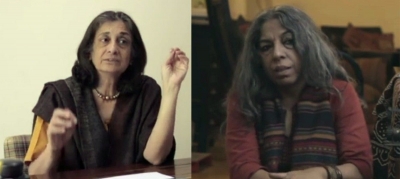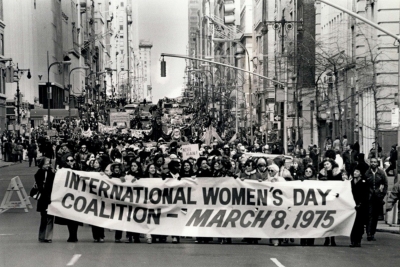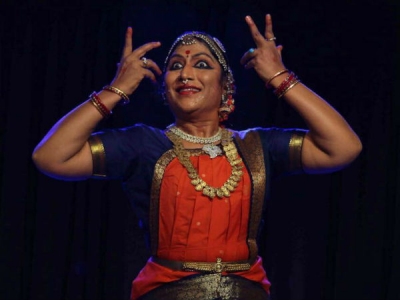WHAT IS CONSIDERED A HEATWAVE?

India was reeling under a searing heatwave recently, with the mercury soaring past the 45-degree mark in some places. But what is a heatwave? What causes it? What are the dos and don't when a heatwave is expected? Let's find out.
What is a heatwave?
A heatwave is a period of excessively hot weather, which may be accompanied by high humidity, especially in tropical countries such as ours. It is measured relative to the usual weather in a particular region and relative to normal temperatures there for the season.
A heatwave occurs when a system of high atmospheric pressure enters an area and remains there for two days or more. In such a system, air from the upper levels of our atmosphere is pulled downwards towards the ground where it becomes compressed and increases in temperature.
When is a heatwave declared?
A heatwave is declared when an area records a maximum temperature of 40 degrees Celsius and at least 4.5 notches above normal temperature for two consecutive days. A severe heatwave is declared when the maximum temperature crosses 47 degrees Celsius, according to the Indian Meteorological Department. The IMD began keeping temperature records 122 years ago. Amid a 71% rain deficit, India saw its warmest March in 2022. As of May 1, 2022, Bikaner in Rajasthan was the hottest place with 47.1 degrees Celsius, according to the IMD.
Colour-coded warnings
The IMD issues colour-coded warnings - green, yellow, orange, and red - depending on the severity of the weather condition, with red being the extremest, to alert the authorities concerned. Green means there's no unusual change in the weather, while yellow suggests authorities should be prepared as hot weather lasting days is likely. A 'red' warning is issued for a severe heatwave, while an 'orange' warning is issued for a heatwave. A 'red' warning is issued to caution people not to step out between 1 p.m. and 5 p.m.
Severe heatwaves could lead to loss of lives, power outages on account of increased use of air-conditioning, wildfires, and crop failure, among other things.
Dos and don'ts
In extreme heat conditions, there is a high likelihood of people of all age groups suffering a heat stroke or dehydration. Stay indoors at least till 6 in the evening and drink plenty of water and buttermilk to stay hydrated.
As for don'ts, do not expose yourself to direct sunlight between 11.30 a.m. and 3.30 p.m. as heatwaves are likely to be at their peak during this time. Do not go to open terraces to play till at least 5 in the evening and do not leave children or pets in parked vehicles. Avoid strenuous activities when outside in the afternoon.
Last but not least, do not ignore symptoms such as excessive thirst, unusual fatigue, dizziness, throbbing headache, lack of sweating despite the heat, and muscle cramps, and seek immediate medical help.
Picture Credit : Google
